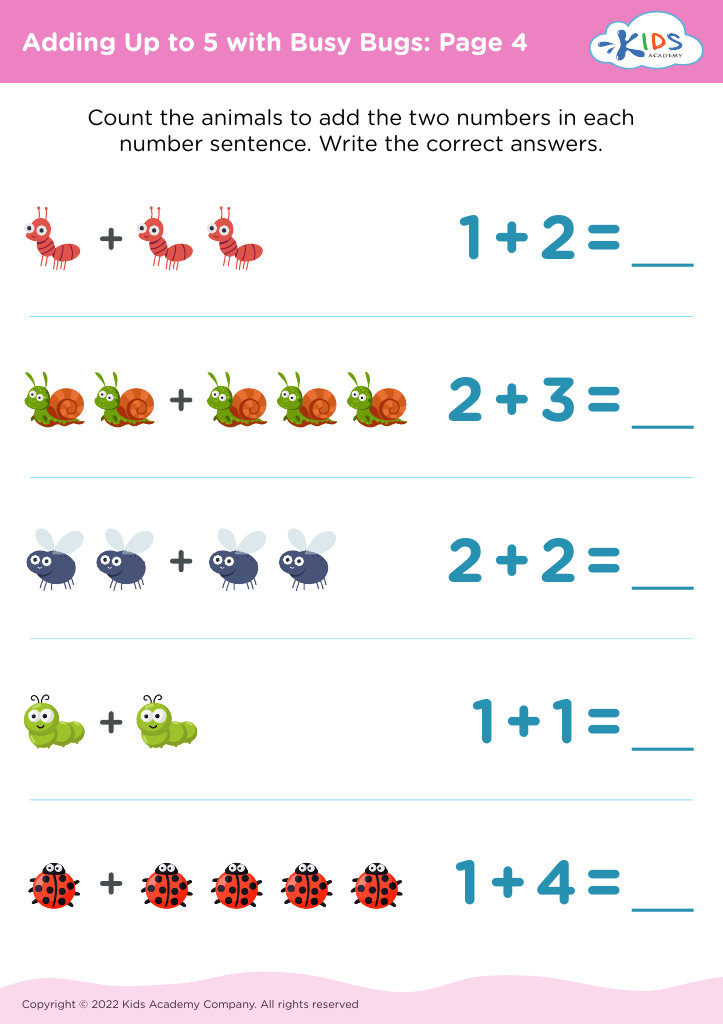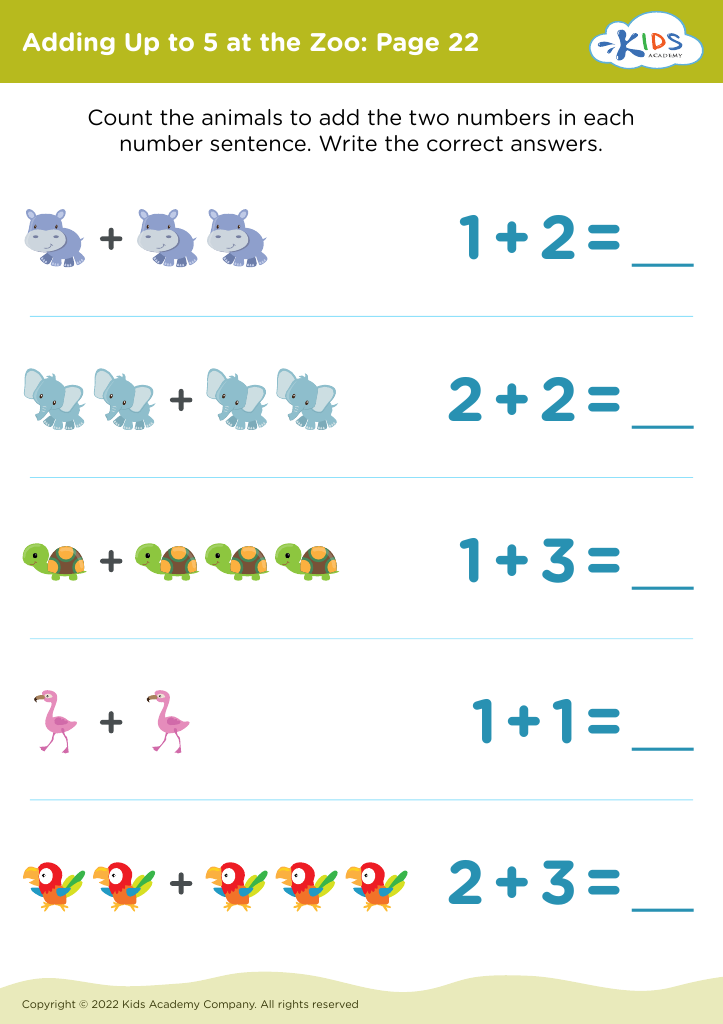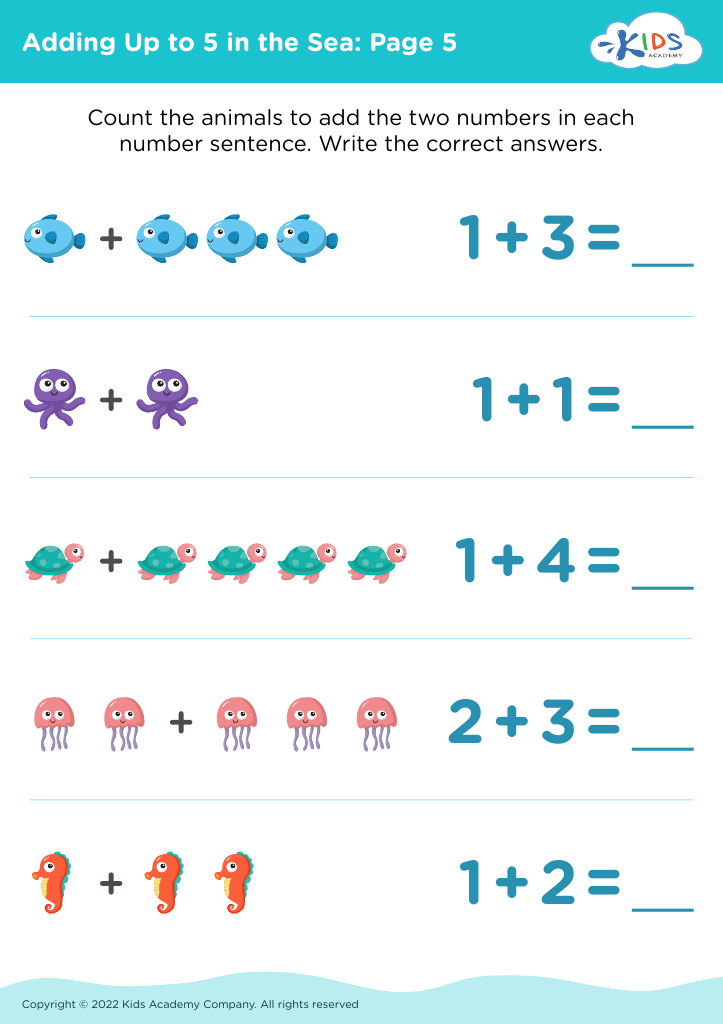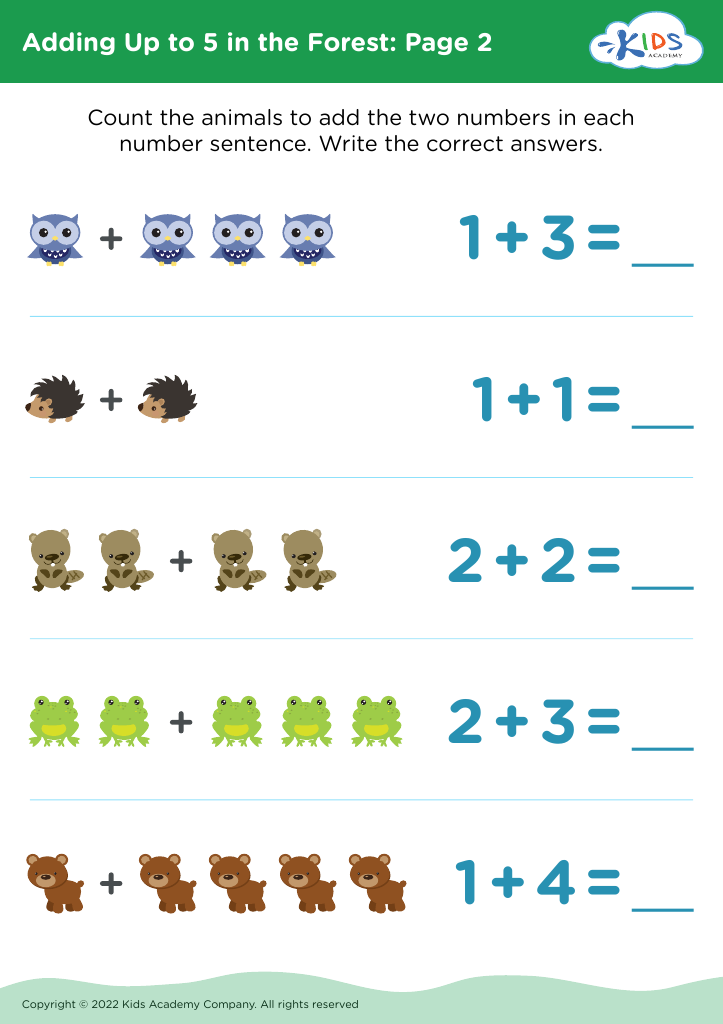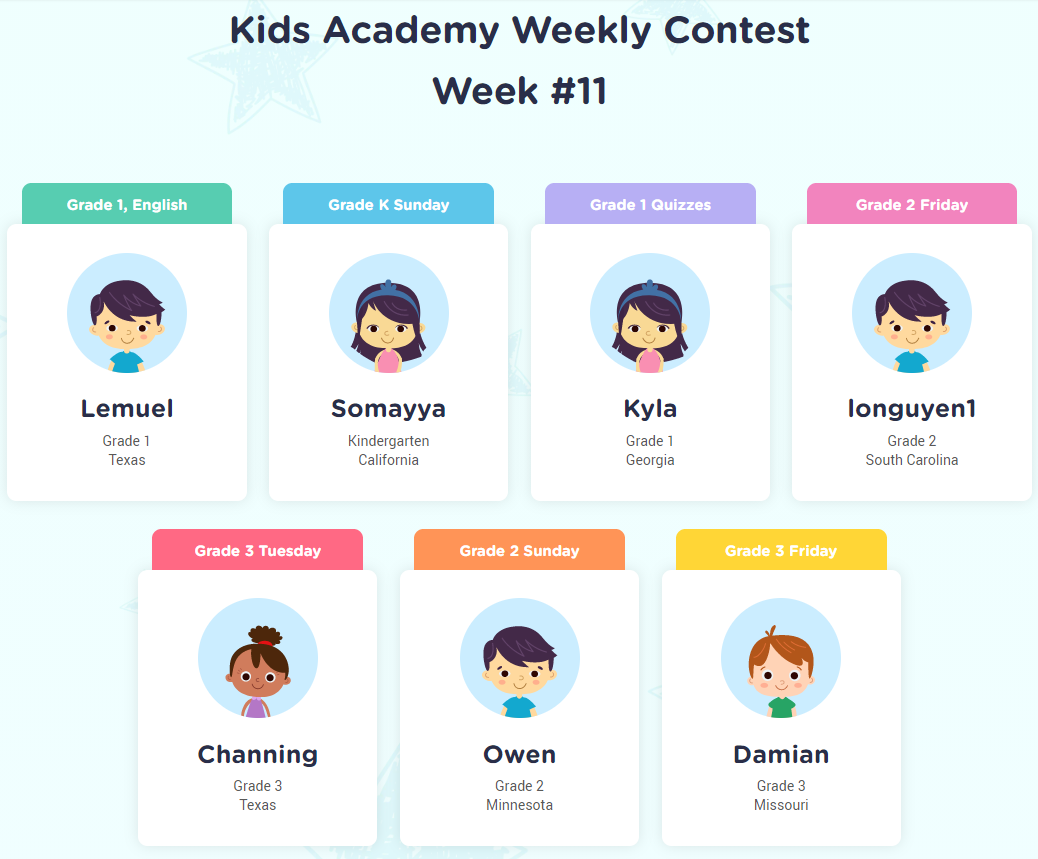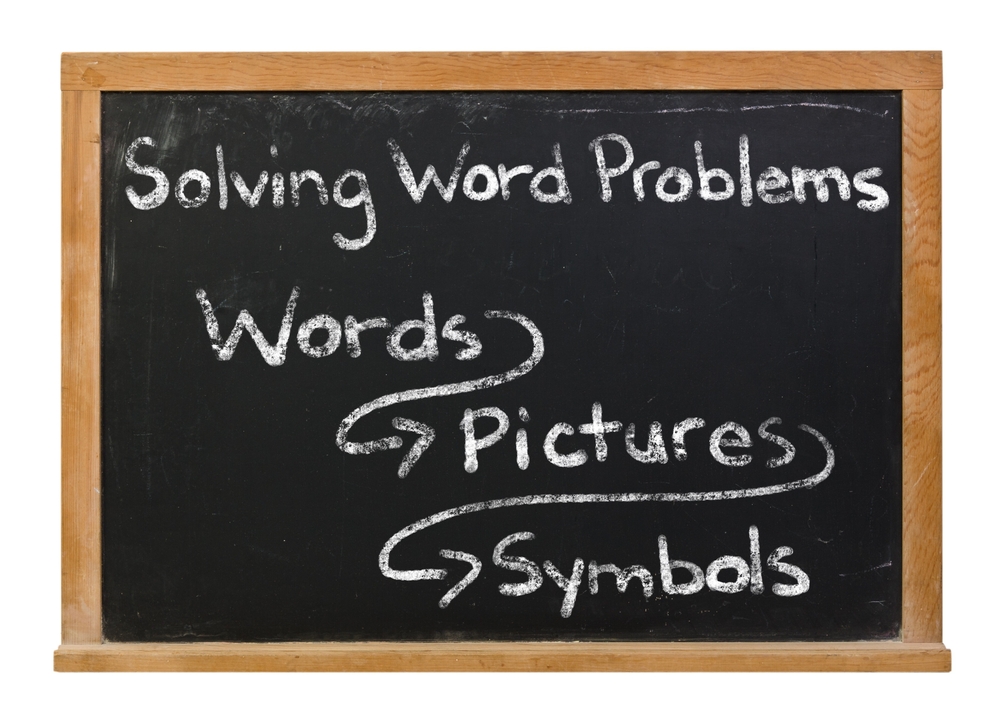Visual perception Worksheets for 4-Year-Olds
49 filtered results
-
From - To
Discover an engaging variety of visual perception worksheets tailored for 4-year-olds at Kids Academy! Crafted to enhance young learners' ability to recognize shapes, patterns, and spatial relationships, these activities are both fun and educational. Foster cognitive development with colorful exercises ideal for honing attention to detail and improving critical thinking. Perfect for parents, teachers, and caregivers, these printable resources support early learning milestones in a playful, interactive way. Download today to help your child develop essential visual skills while having a blast exploring vibrant visuals and exciting challenges with Kids Academy!
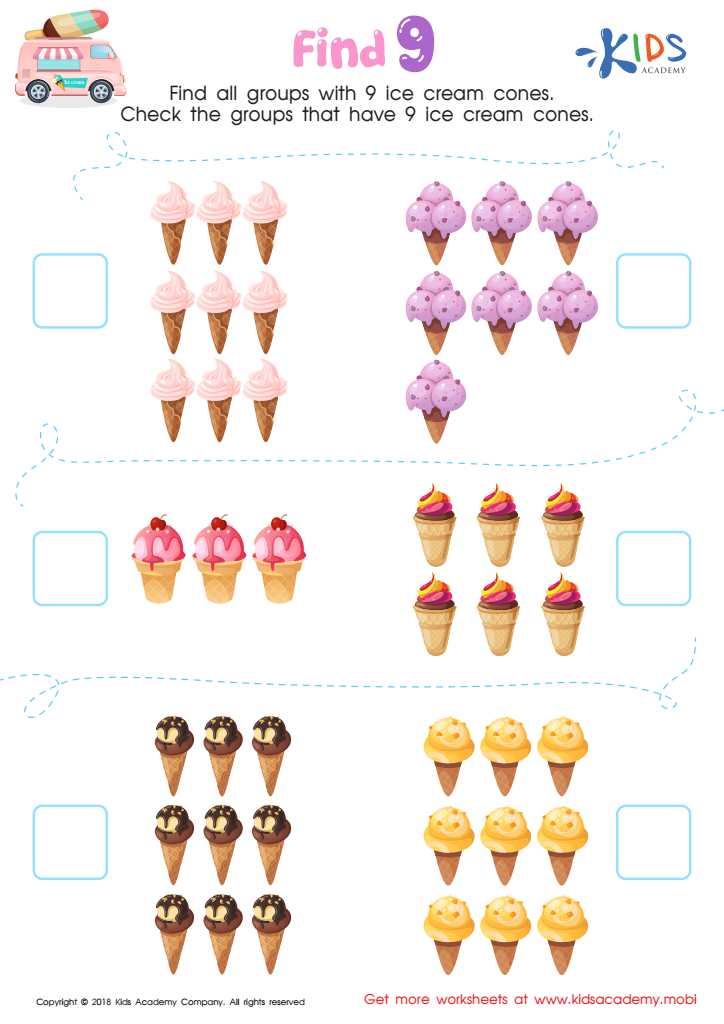

Find 9 Worksheet


Counting Fun Worksheet
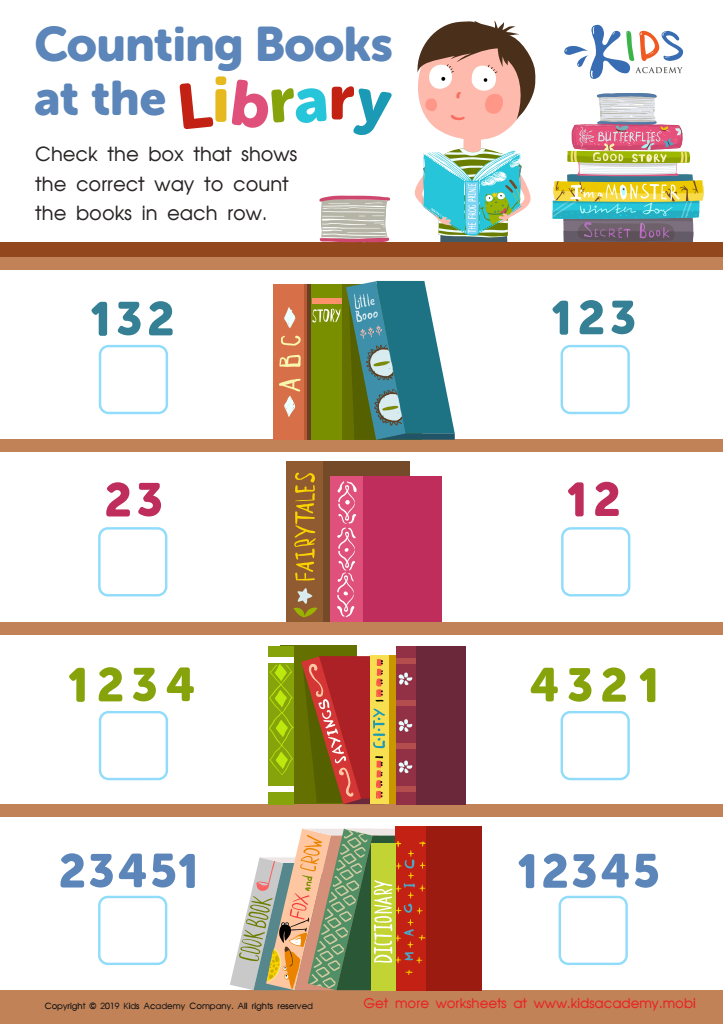

Counting Books at the Library Worksheet
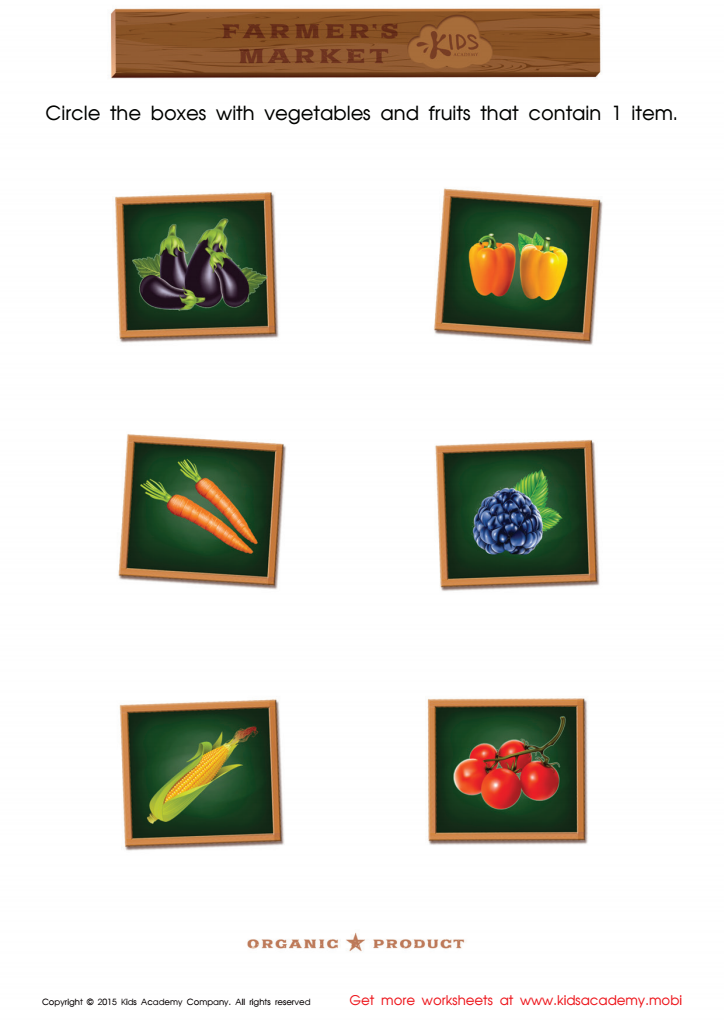

Count and Match Boxes with Vegetables
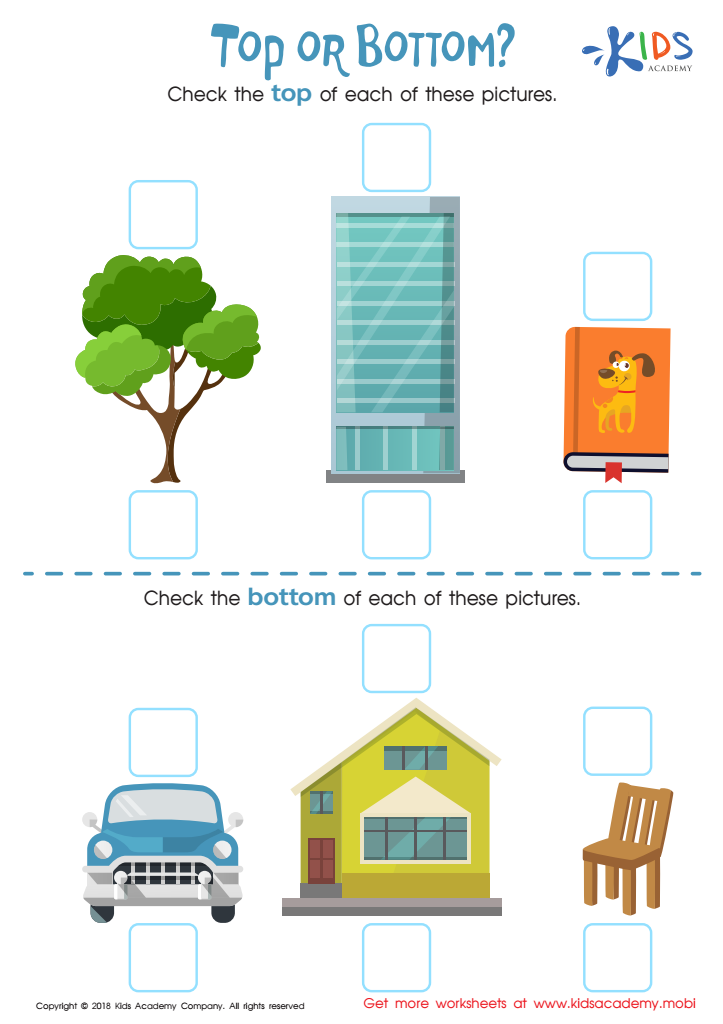

Top or Bottom Worksheet
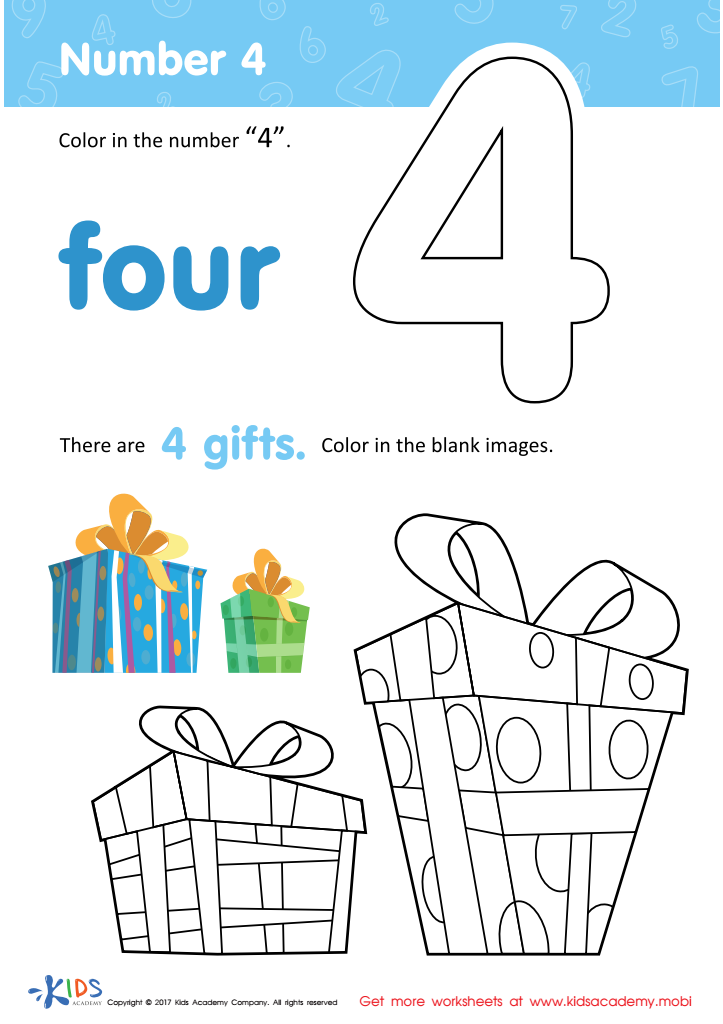

Number 4 Printable


Find 7 Eggs Worksheet
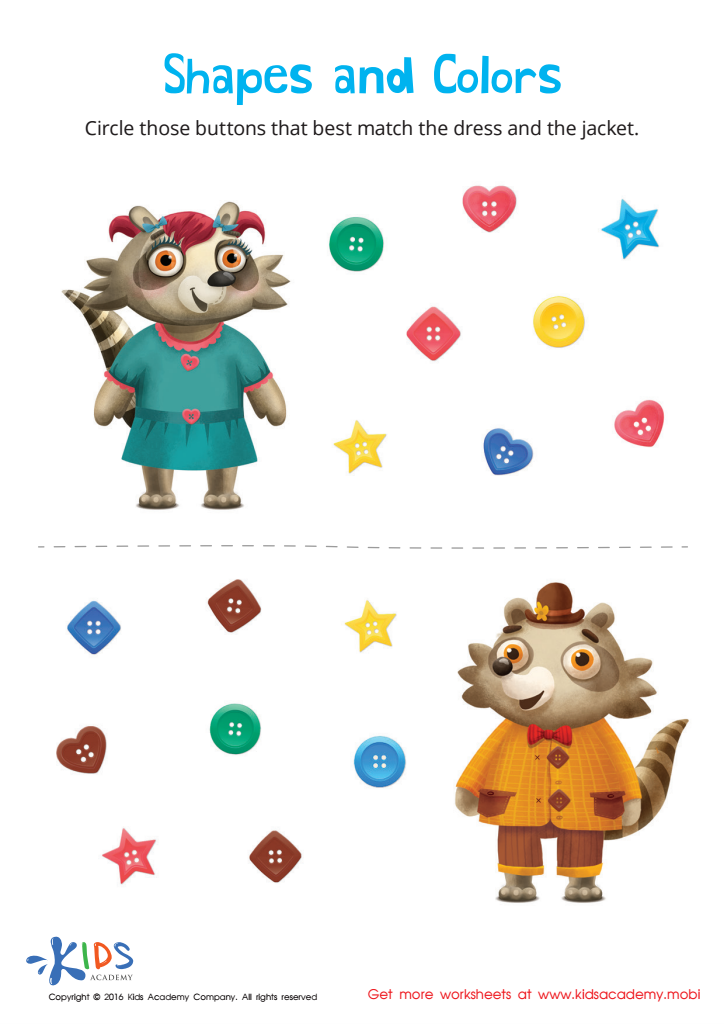

Matching: Shapes and Colors Worksheet


Counting Spots Worksheet
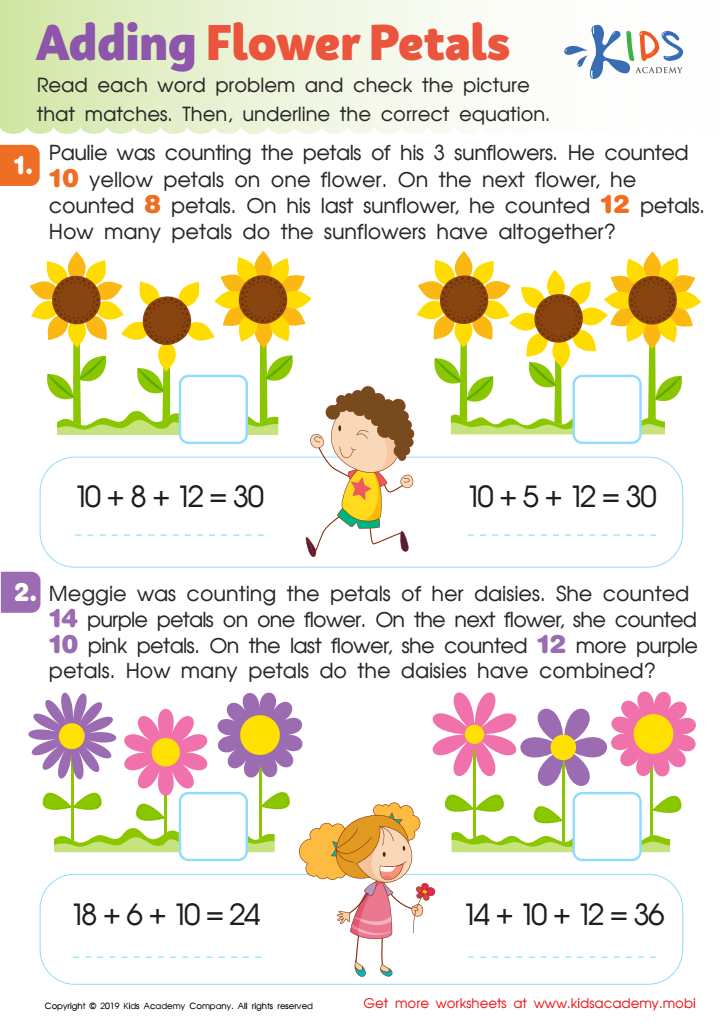

Adding Flower Petals Worksheet
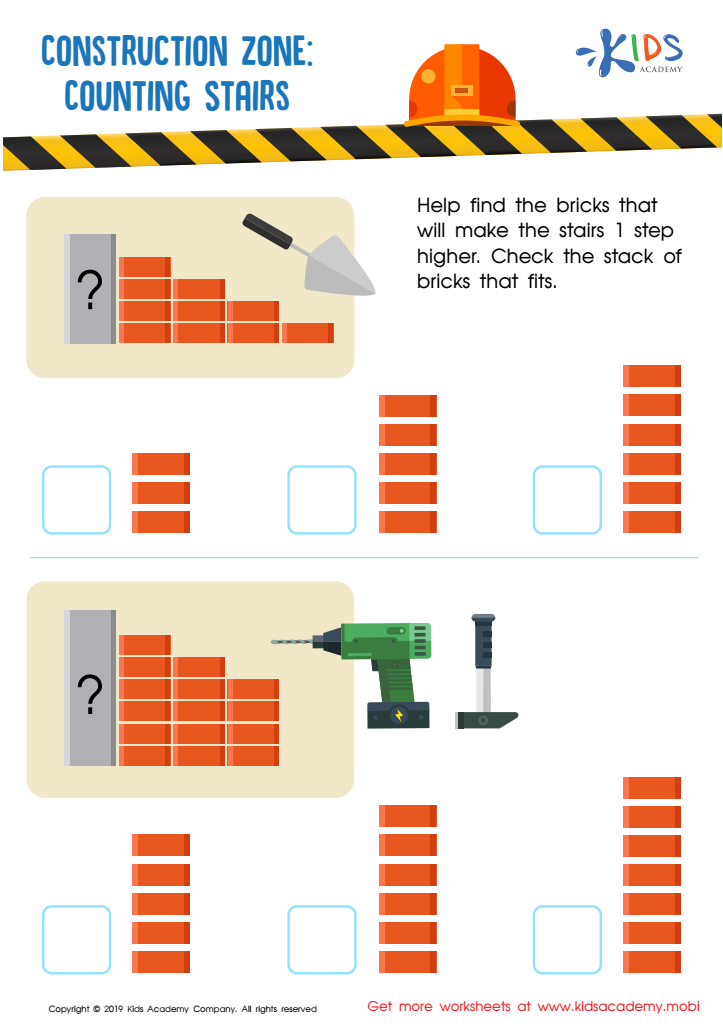

Construction Zone: Counting Stairs Worksheet
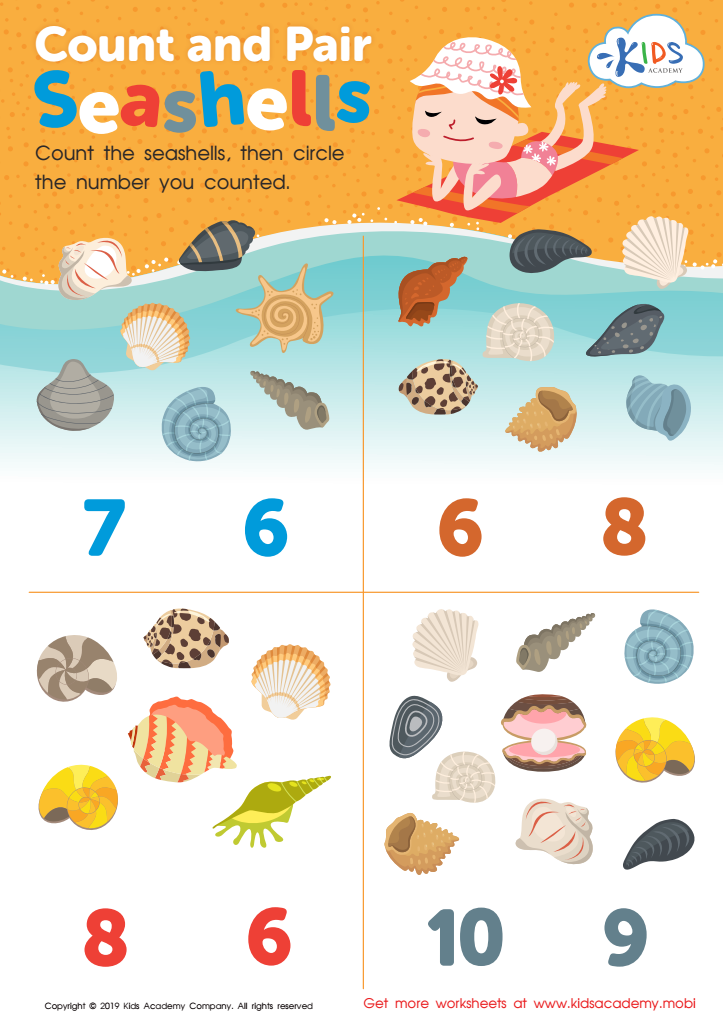

Count and Pair Seashells Worksheet
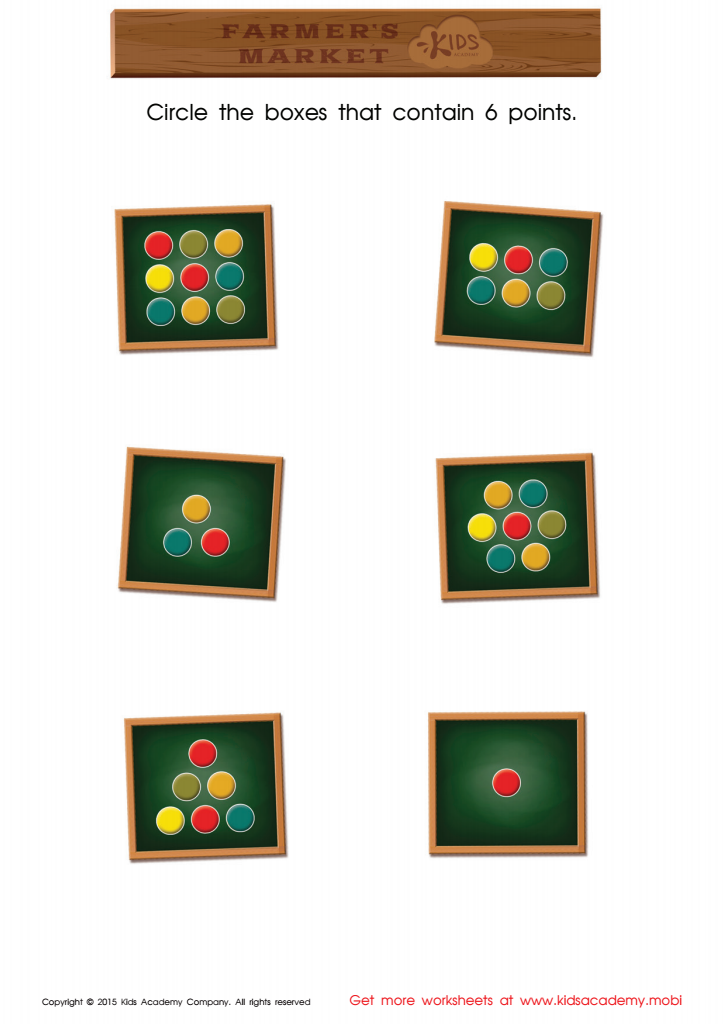

Count and Match Points 6 Math Worksheet
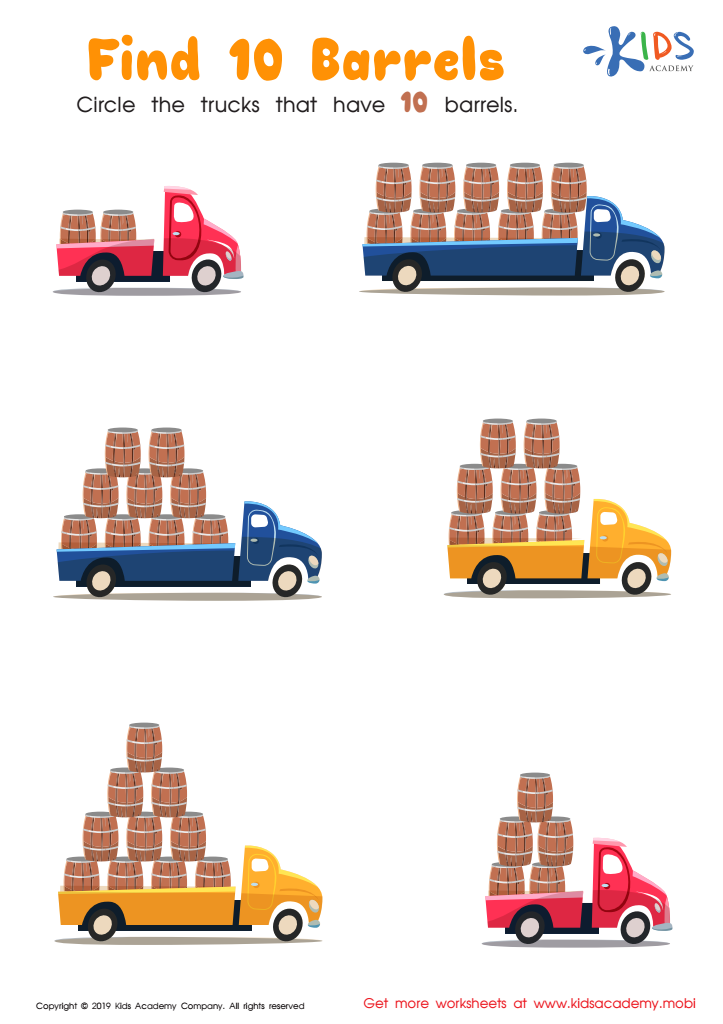

Find 10 Barrels Worksheet


Arranging Clothes Worksheet
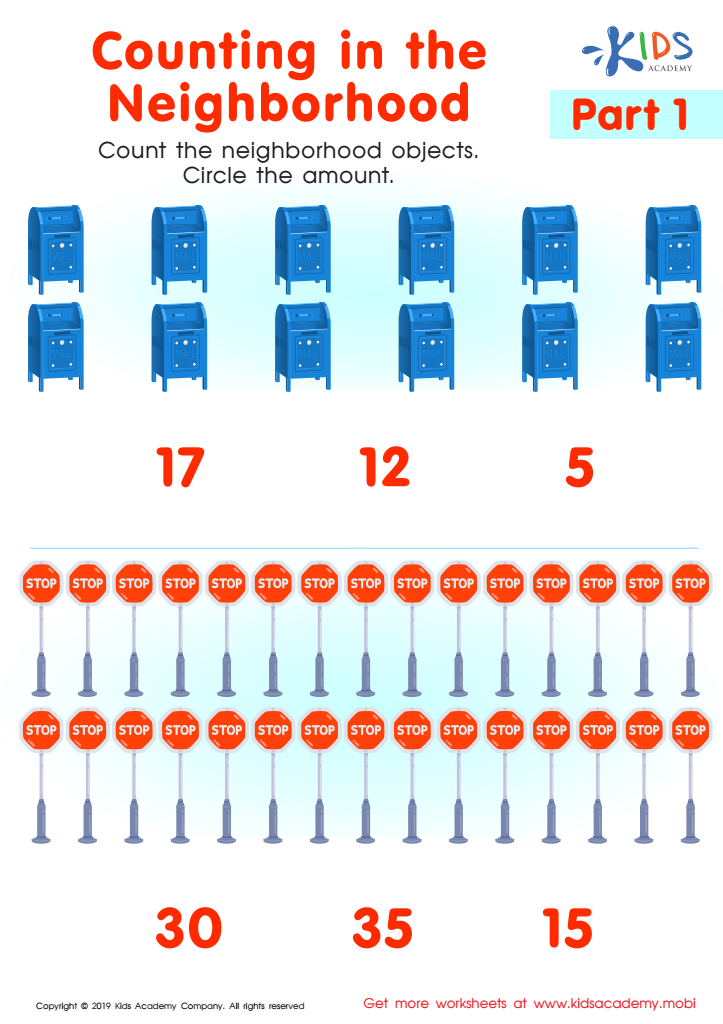

Counting in the Neighborhood Part1 Worksheet


Count and Pair on the Farm Worksheet
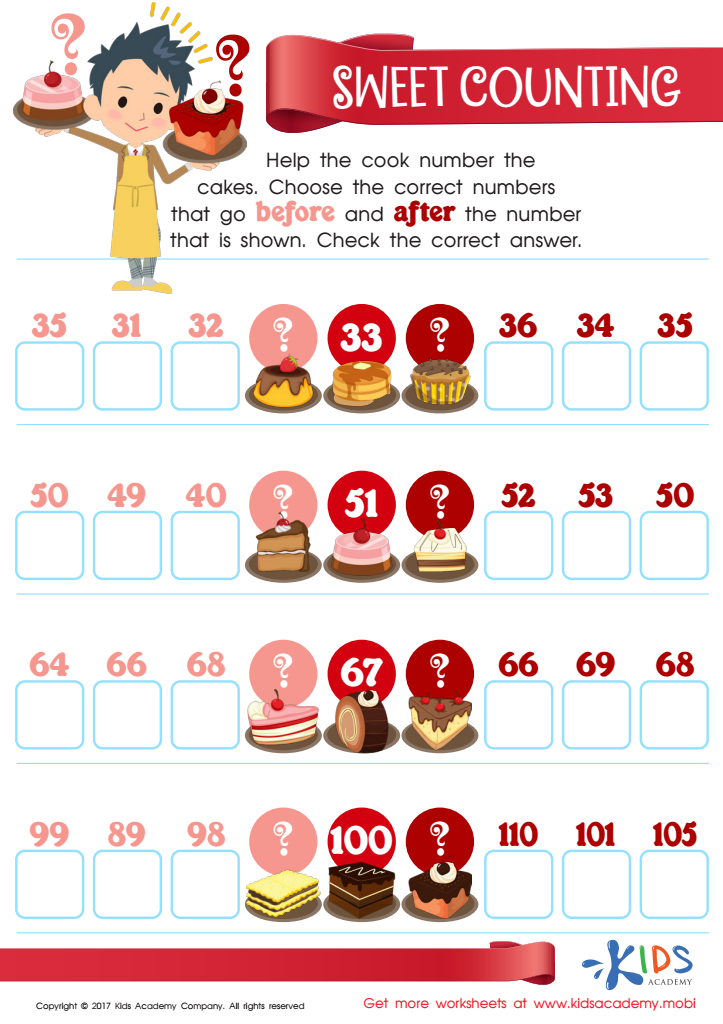

Sweet Counting - Part 1 Worksheet
Visual perception is critical in the developmental stage of a 4-year-old because it establishes the foundation for a wide array of cognitive and motor skills necessary for later academic and personal success. Visual perception is the brain's ability to make sense of what the eyes see, which includes skills like visual discrimination, visual memory, and spatial relationships.
When parents and teachers prioritize the development of visual perception, they assist children in honing essential skills such as recognizing letters, numbers, and shapes, which are fundamental for reading and math readiness. Additionally, improved visual perception aids in tasks such as catching a ball, navigating spaces, generating accurate handwriting, and assembling puzzles, all of which are essential for physical coordination and play – key components of early childhood learning.
Kids with robust visual perception skills often demonstrate better attention to detail, enhanced problem-solving capabilities, and greater independence in daily activities. Conversely, children who struggle with visual perception may face academic challenges and frustration during play, which can hinder their self-confidence and willingness to explore new tasks. Therefore, parental and educational support in activities like matching games, sorting tasks, and age-appropriate puzzles can be incredibly beneficial. These practices not only make learning engaging and dynamic but also equip children with the crucial perceptual tools needed for their holistic development.

 Assign to My Students
Assign to My Students

